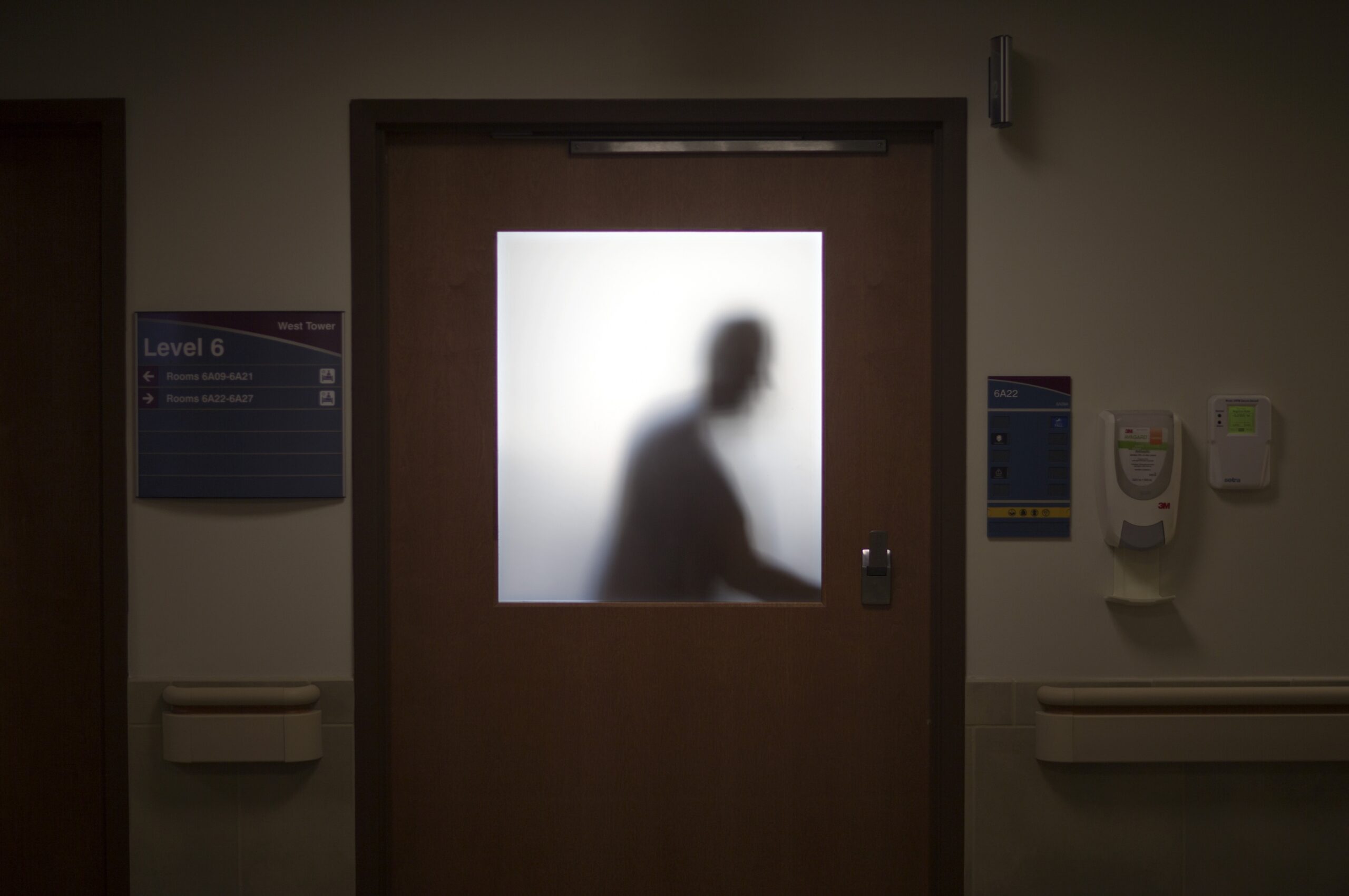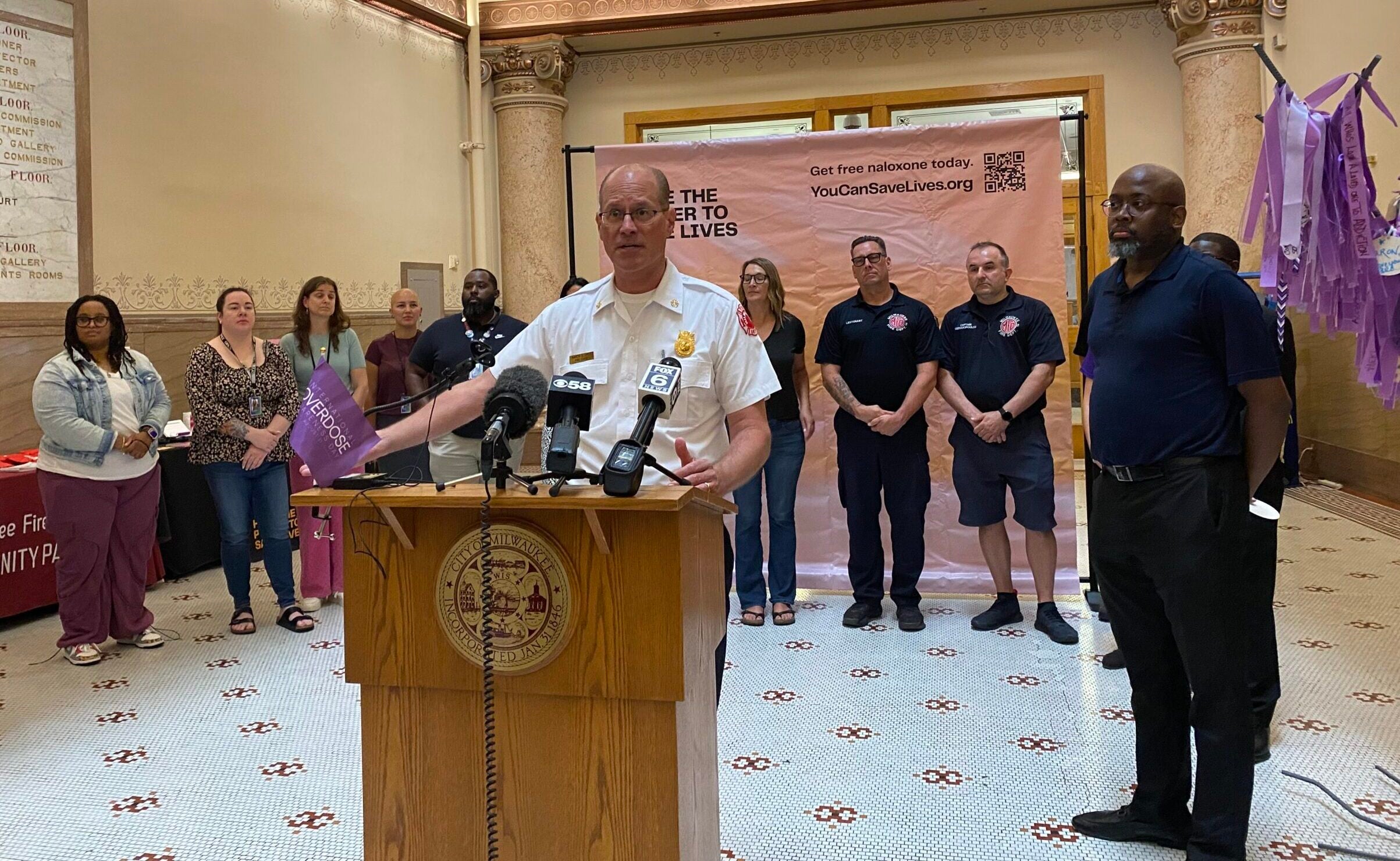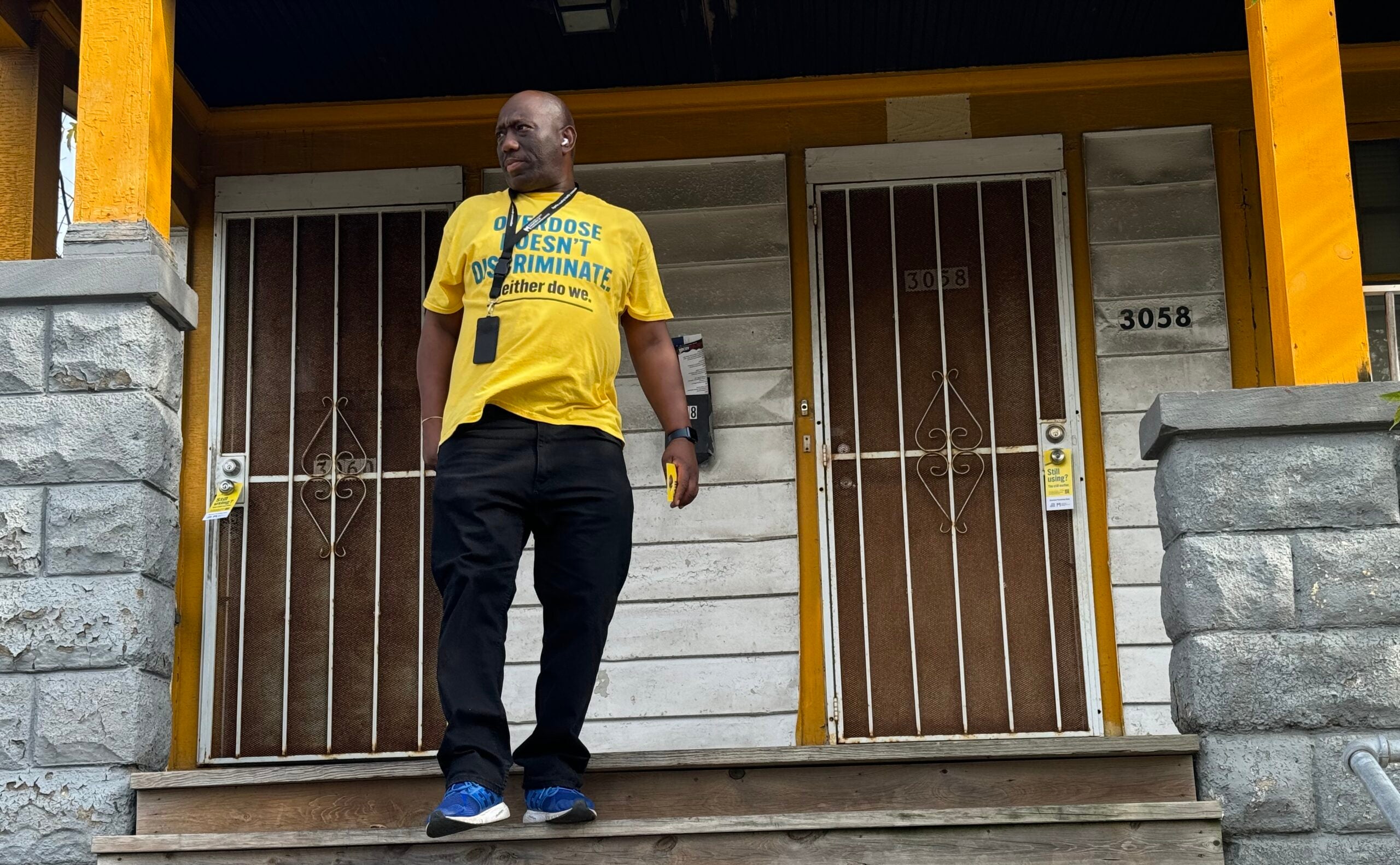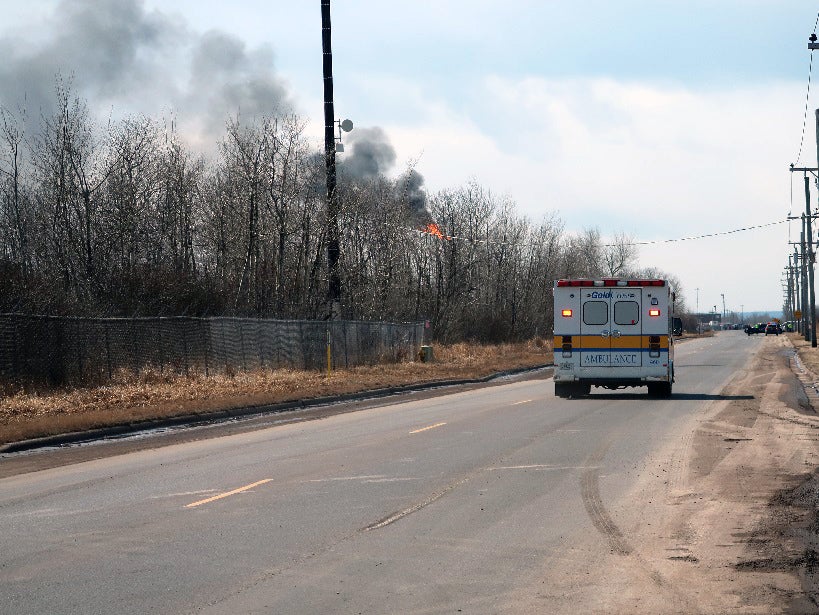It’s a striking example of the health gap between rural and urban America: people in sparsely populated areas are more likely to die from cancer, heart disease, chronic lower respiratory disease, stroke and unintentional injuries, according to recent federal health data.
About 1.5 million people in Wisconsin live in areas the U.S. Census designates as rural. That’s less than a third of all Wisconsin residents.
However, the health of rural residents has been a long-standing concern, said Tim Size, executive director of the Wisconsin Rural Health Cooperative.
News with a little more humanity
WPR’s “Wisconsin Today” newsletter keeps you connected to the state you love without feeling overwhelmed. No paywall. No agenda. No corporate filter.
“While the report is helpful, it’s not new,” Size said. “We’ve known in Wisconsin through the UW’s County Health Rankings that the overwhelming majority of our rural counties are in the bottom half of health outcomes.”
Researchers say while each county is different, there are similarities between rural communities where residents are usually older and sicker.
“When you look across these deaths you see this pattern of higher risk behaviors in rural communities and also less access to primary health care,” said Pat Remington, emeritus professor at the University of Wisconsin School of Medicine and Public Health.
The November report from the Centers for Disease Control and Prevention looked at the most rural counties in the United States and compared them to the most populated counties between 2010 and 2017. During that eight-year period, the gap for cancer, heart disease and chronic respiratory disease widened. Geographical differences in stroke deaths didn’t change much. But the report notes urban areas are catching up to rural communities for unintentional injury deaths because of the opioid crisis.
Another example of unintentional injury deaths are motor vehicle accidents. Rural communities in Wisconsin may have underfunded emergency medical services which rely on volunteers, making it more difficult to have quick response times needed to minimize the impact of farm and vehicle accidents.
“As jobs have become more scarce in rural areas, many who have traditionally volunteered have had to take jobs out of the community,” Size said. “So they’re less available when the EMS need comes up.”
The shortage of rural health care workers goes beyond ambulance drivers and applies to more than injury accidents. When there are fewer doctors and nurses, Size said there may not be time to talk with patients about considering ways they can reduce their weight, exercise more, smoke less or cut down on drinking.
Wisconsin Public Radio, © Copyright 2025, Board of Regents of the University of Wisconsin System and Wisconsin Educational Communications Board.







